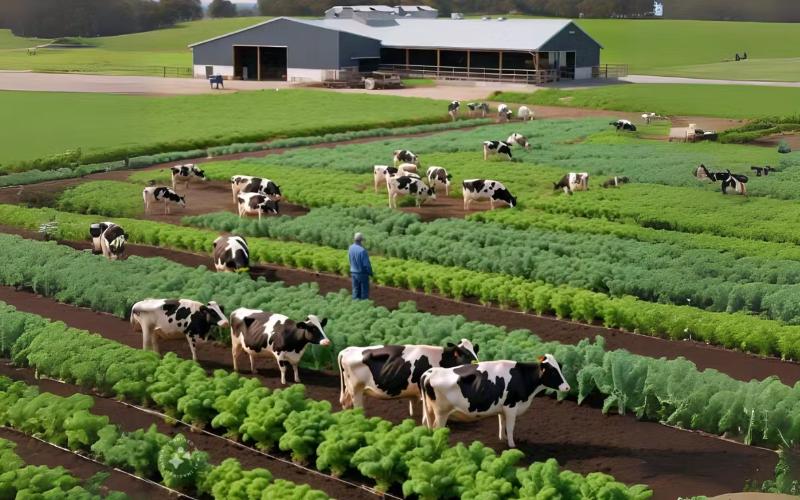New Zealand Dairy Sector Sees Financial Stability Despite External Risks

The Reserve Bank of New Zealand has observed a notable reduction in non-performing loans (NPLs) within the country's agriculture sector, reaching near 16-year lows. This trend is primarily attributed to strong financial returns driven by elevated milk and beef prices, as well as improving sheepmeat prices and stabilizing farm costs.
The central bank highlighted that lower interest rates and debt repayment have enhanced interest coverage ratios, particularly benefiting the dairy industry. Despite these positive indicators, the sector remains vulnerable to global and domestic risks, such as geopolitical tensions that could affect input costs and commodity prices.
Tariffs have also been identified as a significant concern. The United States has increased its tariff rates on imports from New Zealand, which could impact the nation's export income. Nonetheless, the Reserve Bank suggests that the effect on standardised commodities like beef and sheepmeat is expected to be manageable, as these can be redirected to alternate markets.
In the dairy sector, Fonterra has maintained an elevated forecast of $10 per kilogram of milk solids for the 2025/26 season. Additionally, dairy farmers are set to benefit from a one-off payment following Fonterra's sale of its global consumer business to Lactalis for $4.2 billion. Analysts estimate that the average Fonterra supplier will receive approximately $400,000 from this transaction in the first half of next year.
Overall, while New Zealand's agricultural financial conditions have improved, the sector's heavy reliance on international trade, particularly with the Asia-Pacific region, poses a concentration risk. The Reserve Bank warns that further deterioration in global trade frameworks or regional conflicts could adversely impact the New Zealand economy.











